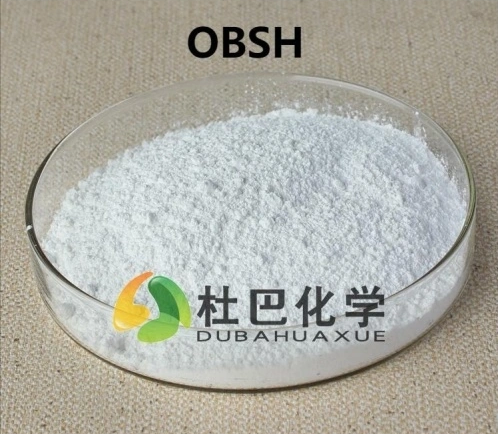In the realm of material science and manufacturing, the utilization of foaming agents plays a pivotal role in shaping the characteristics of rubber and plastic materials. This article delves into the basic working principles of these foaming agents, elucidating how they generate foam during the manufacturing process and the subsequent impact of this foam on material performance.

1. Introduction to Foaming Agents:
Foaming agents are chemical substances introduced into the rubber and plastic manufacturing process to induce the formation of a cellular structure or foam. These agents facilitate the incorporation of gas bubbles into the material matrix, resulting in a lighter and more porous structure.
2. Mechanism of Foam Generation:
The primary working principle involves the generation of gas within the material matrix. In the case of rubber, a common Foaming Agent is azodicarbonamide. During processing, this agent thermally decomposes, releasing nitrogen gas. Similarly, for plastics, chemical or physical foaming agents may be employed. The gas generated creates bubbles within the material, leading to the formation of foam.
3. Factors Influencing Foam Formation:
Several factors influence the effectiveness of foaming agents. Temperature and pressure during the manufacturing process play a crucial role. Additionally, the selection of the foaming agent, its concentration, and the processing conditions impact the size, uniformity, and distribution of the foam cells.
4. Foam Structure and Material Properties:
The resulting foam structure significantly influences the material properties. In rubber, foaming agents contribute to reduced density, enhanced flexibility, and improved thermal insulation. In plastics, foamed materials exhibit lower density, increased stiffness-to-weight ratio, and improved thermal and acoustic insulation.
5. Impact on Density and Weight:
One of the primary advantages of foaming agents is the reduction in material density. The introduction of gas-filled cells results in a lighter material, offering benefits such as decreased transportation costs, improved fuel efficiency (in the case of automotive applications), and a more favorable strength-to-weight ratio.
6. Enhancement of Thermal and Acoustic Insulation:
Foamed rubber and plastic materials exhibit superior thermal and acoustic insulation properties. The trapped gas within the foam acts as a barrier, reducing heat transfer and sound transmission. This makes foamed materials valuable in applications where insulation is a critical requirement.
7. Improved Cushioning and Shock Absorption:
Foaming agents contribute to enhanced cushioning and shock absorption characteristics in rubber and plastic materials. This is particularly advantageous in applications such as footwear, automotive interiors, and packaging materials, where impact resistance and comfort are essential.
8. Challenges in Foaming Agent Application:
While foaming agents offer numerous advantages, their application poses certain challenges. Achieving uniform foam distribution, controlling cell size, and ensuring consistency in material properties can be intricate tasks. Additionally, the selection of foaming agents must align with specific manufacturing processes and end-use requirements.
9. Applications in Various Industries:
Foaming agents find diverse applications across industries. In automotive manufacturing, they are employed to reduce vehicle weight and enhance fuel efficiency. In the packaging industry, foamed materials provide protective cushioning. The construction sector utilizes foamed materials for insulation purposes.
10. Future Trends and Innovations:
The field of foaming agents continues to evolve with ongoing research and technological advancements. Innovations in environmentally friendly foaming agents, improved control over foam structure, and the development of specialized applications are anticipated trends in the future.
